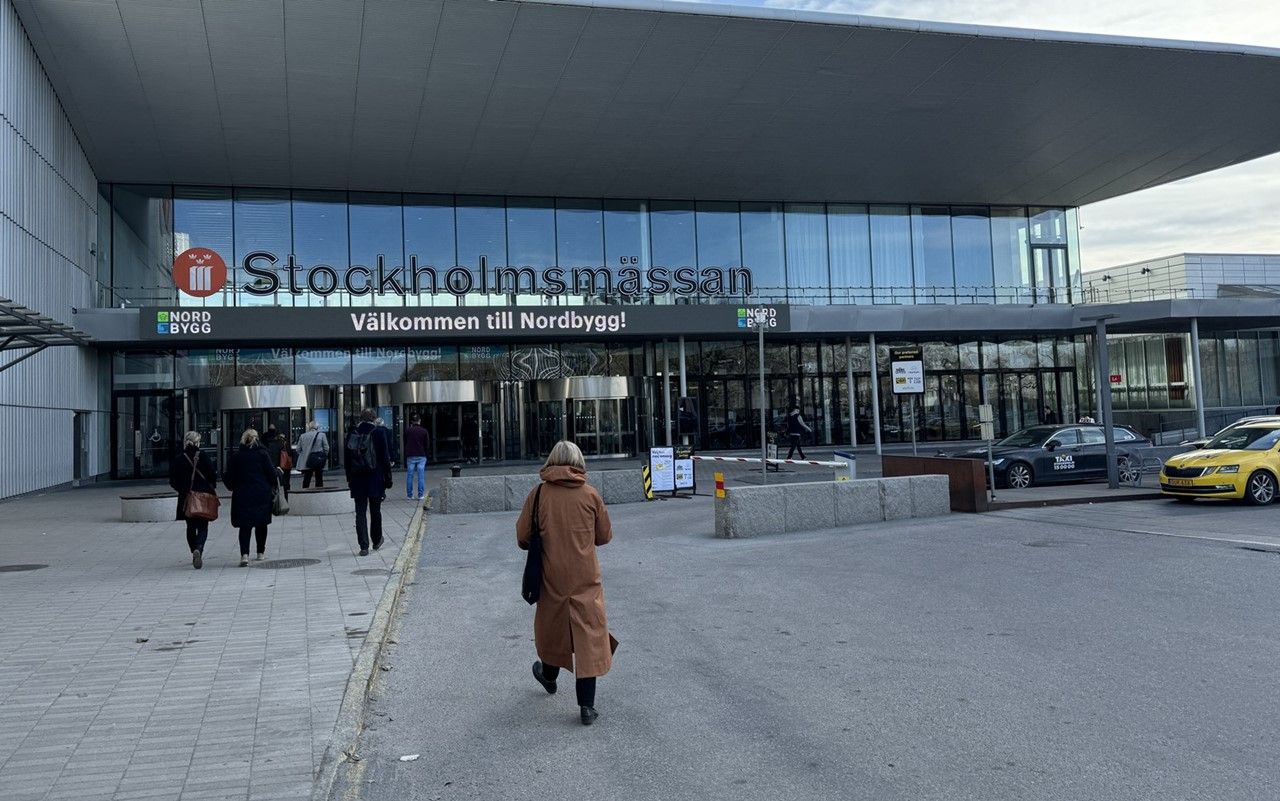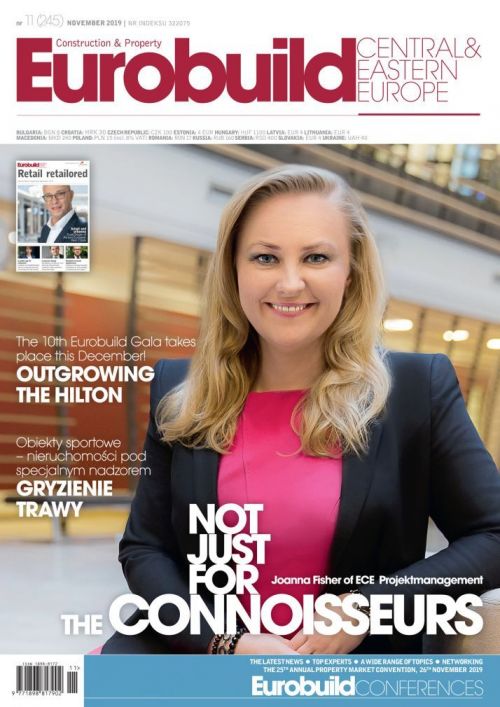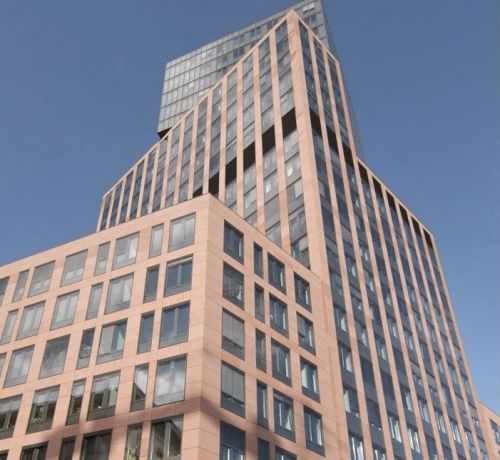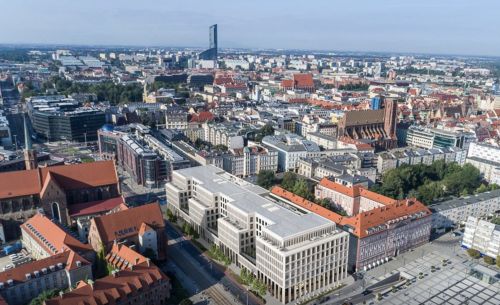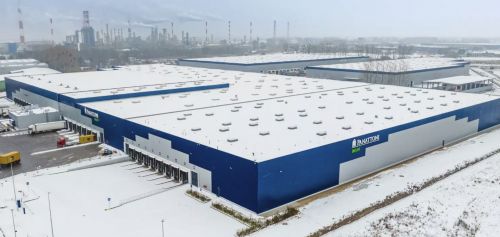Tea - and the wurst is yet come
Endpiece
The fact that so much space is being leased could lead you to believe that the Warsaw office market is growing just as impressively. On the contrary, the growth has been slowing down, according to data published in October. The fact that the market is growing can be seen with the naked eye – all you need to do is look through the window. Never before have so many skyscrapers been under construction in the Polish capital (the overwhelming majority of these are office buildings). According to the Polish Commercial Real Estate Chamber [PINK], the demand for office space amounted to more than 689,300 sqm in the first nine months of 2019, including record high tenant activity in Q3 – when upwards of 284,400 sqm of office space was leased. If it continues at this rate, breaking last year’s demand of 860,000 sqm will be a stroll in the park. If I add to that the decline in the vacancy rate to 8.2 pct and the delivery of more than 142,000 sqm of new space over the nine months, then the picture is almost idyllic – almost as charming as the descriptions of nature in our national epic ‘Pan Tadeusz’. So it seems like it’s up to me to give us all a bit of a reality check by pointing out that the absorption for the first three quarters of this year was only around 12,000 sqm above the new supply – and it’s the absorption that is raining on our parade at the moment.
CBRE’s data shows that the absorption (basically, the growth of the leasing market) came to 262,000 sqm in the first three quarters of 2018 – more than 110,000 sqm higher than after the first nine months of this year. Admittedly, the consultancy estimates that the absorption could still reach 270,000 sqm by the end of this year, but I don’t know how record-breaking Q4 2019 would have to be to match last year in this respect: in 2018 the total was 374,900 sqm and in 2017 around 363,000 sqm was absorbed. If the forecasts are accurate, this year actually looks more like 2015/2016, when the absorption was roughly between 270,000 sqm and 290,000 sqm.
This is still some way from insisting that things are bad. After all, in 2010–2014 the absorption was on average well below 200,000 sqm, and in 2009 it was under 100,000 sqm. This year’s figure may, however, not be the best forecast for the future, but if this level is maintained together with the substantial office pipeline in Warsaw in the next dozen or so months, things might cease to seem so rosy. I really want to believe the analysts’ predictions for next year of absorption of more than 400,000 sqm and just under 350,000 sqm in 2021. I hope that this means that the office market gets back into shape and picks up the pace again after a short breather in 2019.
I can still hear the words of Rikke Lykke, the head of the investment department for Europe of Patrizia, of one of the largest investment managers, at the last Expo Real trade fair in Munich. During an interview with her in which it was me who was supposed to be asking the questions, she turned the tables on me: “What’s so special about Warsaw or Kraków, what makes them more attractive cities to invest in than Amsterdam or Hamburg? Apart from their importance for your country – why should yields keep on falling? From the investor’s point of view, this is how it seems: yields have not been lower than they are now, so why should they continue to go down?” she asked me, also adding that the thing that worries her most is the volume of new office supply and whether the demand will turn out to be strong enough. Hers was not the only sceptical voice of caution dampening the somewhat optimistic mood of the fair. Admittedly, it was rather difficult to hear a critical word about the market, but there were some. “This could be the last fair where everyone’s smiling,” muttered one Cassandra voice off the record.
2020, 2021, 2022,...* – it’s difficult to judge when a slowdown in the Polish economy will occur. The German economy already has one, but it didn’t seem to spoil the mood of the real estate sector at this year’s fair in the Bavarian capital (although there are people over there who believe that Bavaria isn’t actually part of Germany). However, before the gears of the Polish economy are moved down, hopefully only to the same extent as in Germany, it might be worth answering the question: how much sugar is there in the glass? You could even go further and wonder if it’s real sugar, and if so, how sweet it is really. But I will leave such questions for another column.
*delete when not applicable








